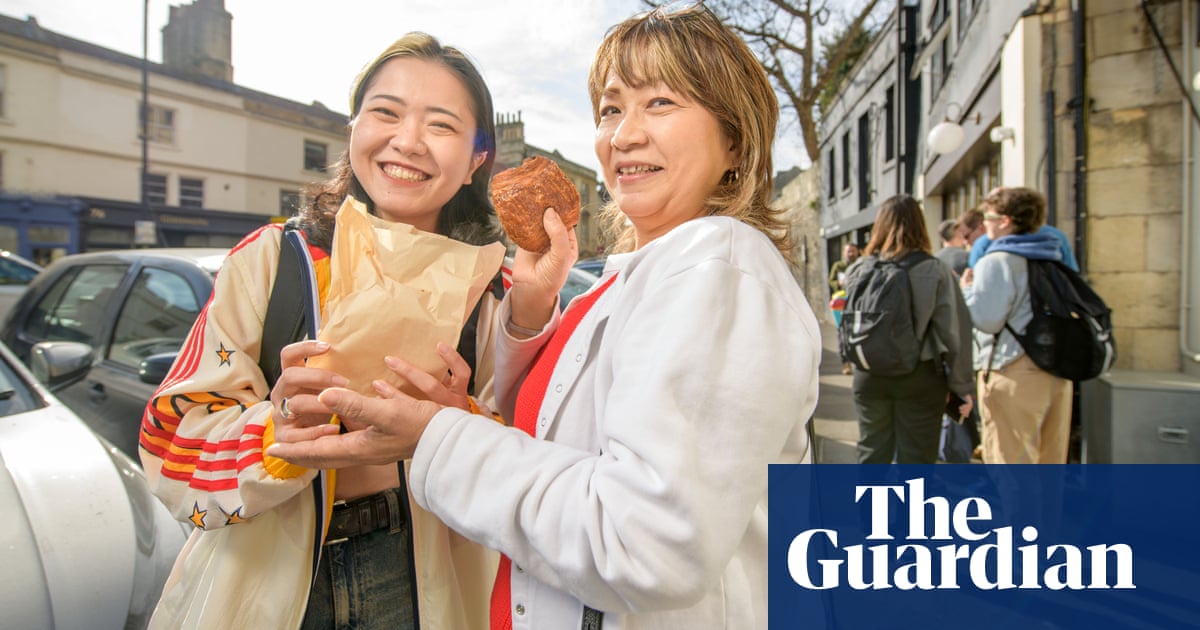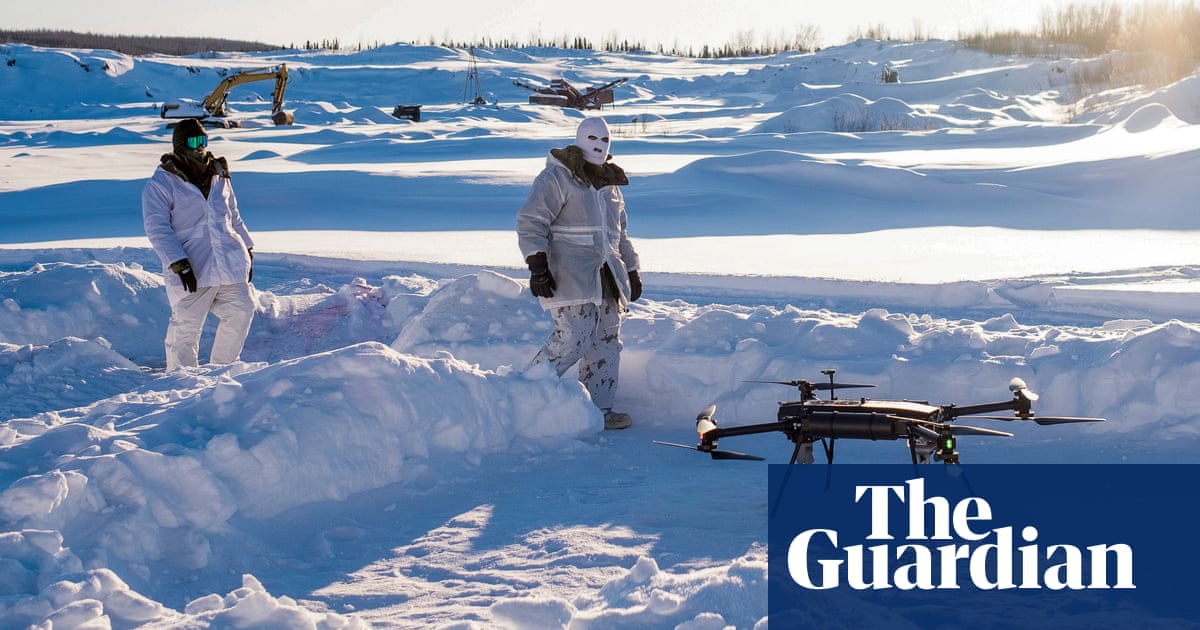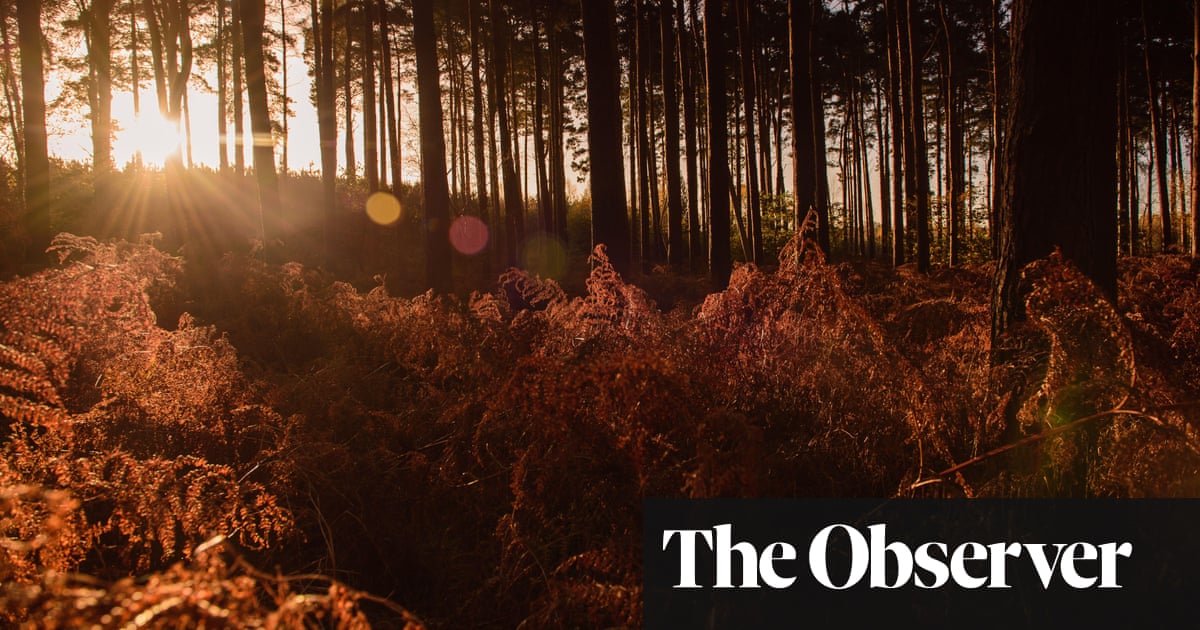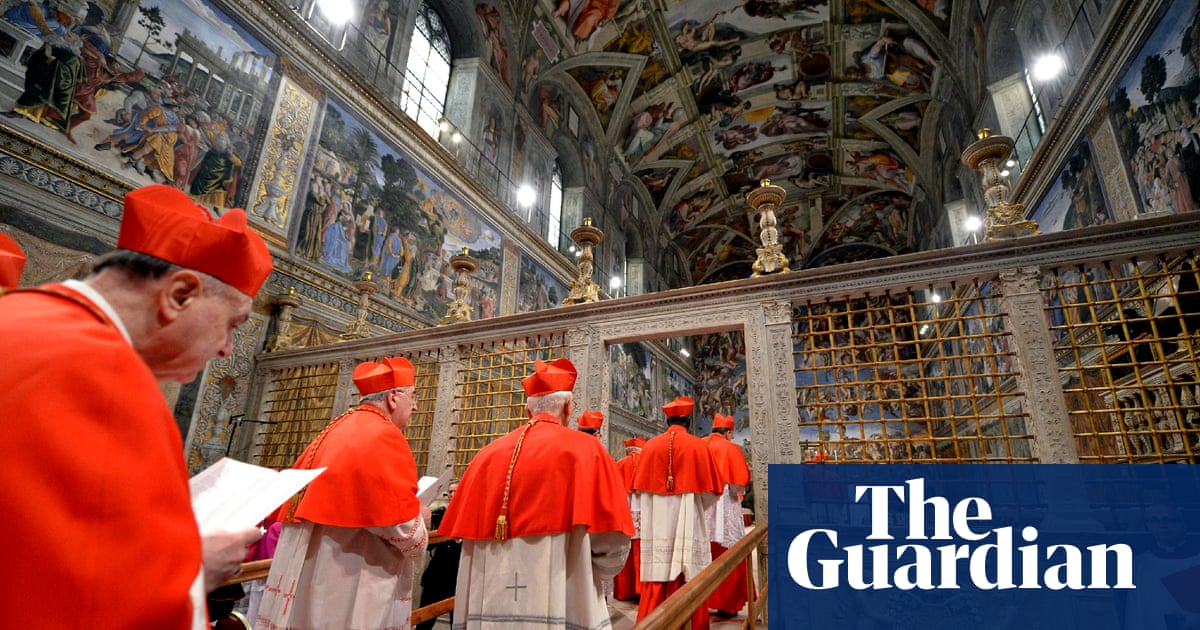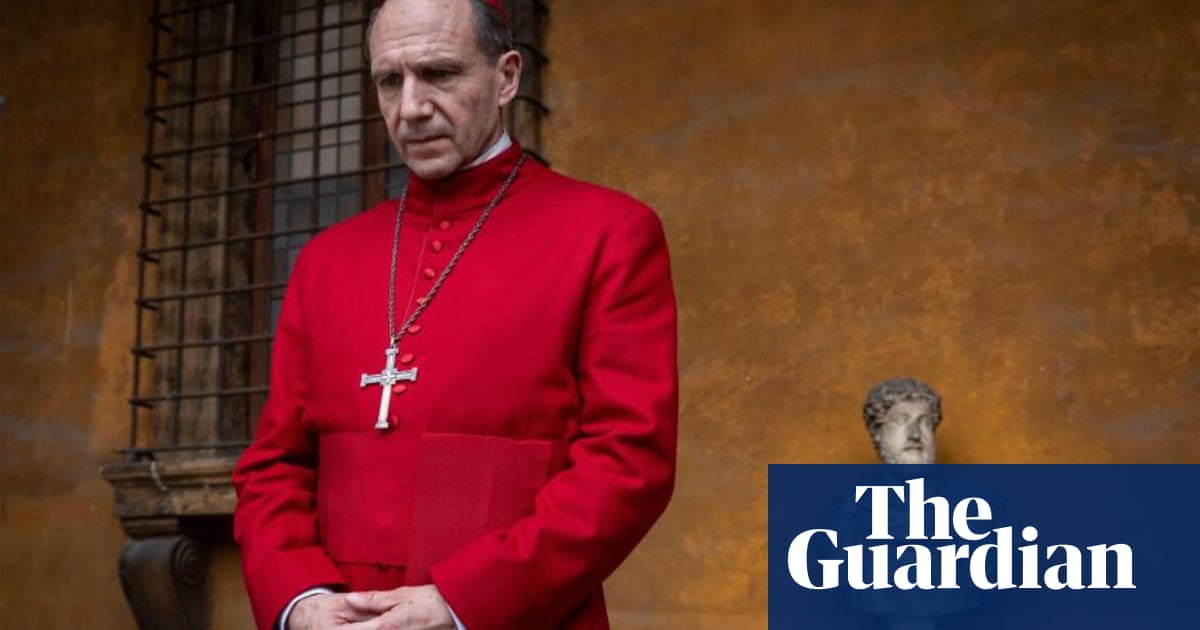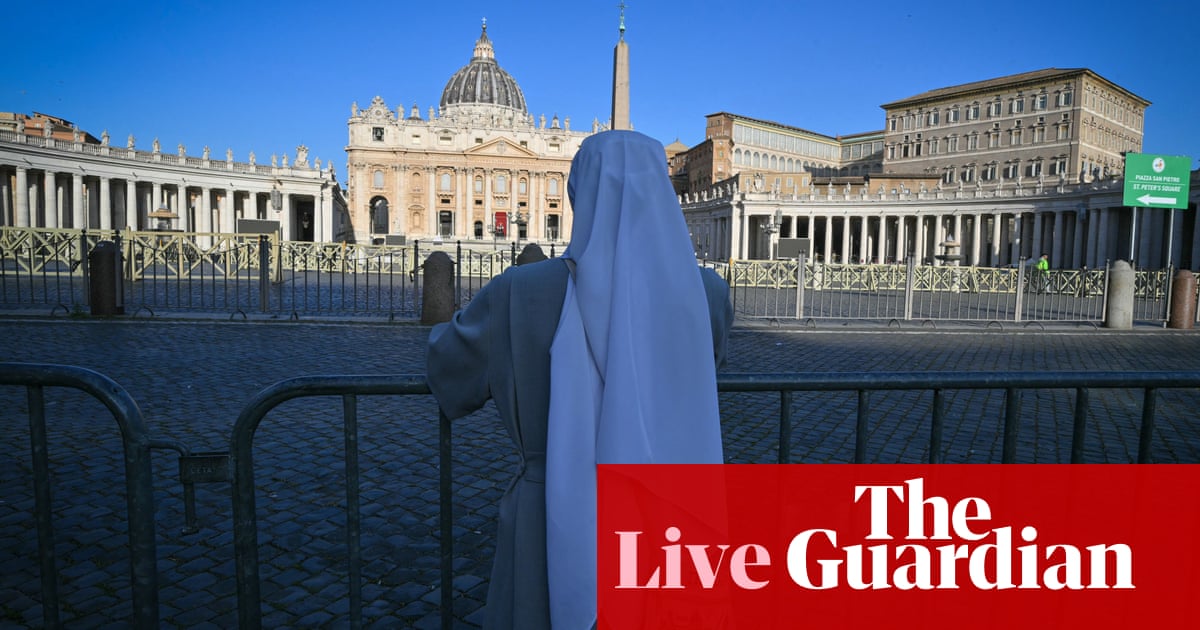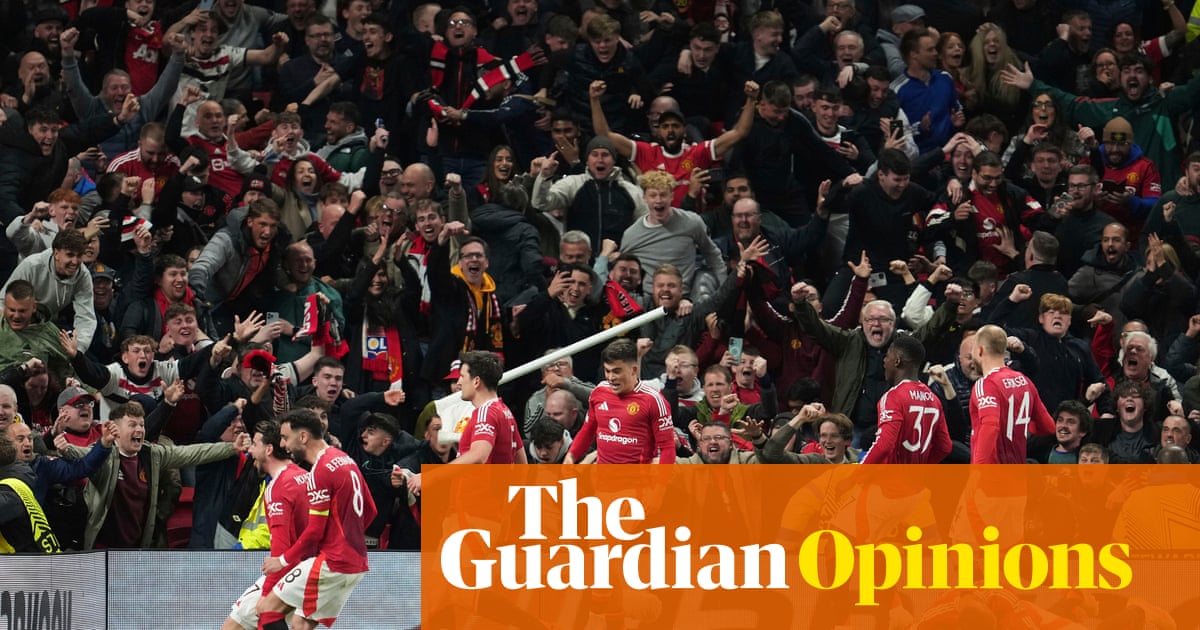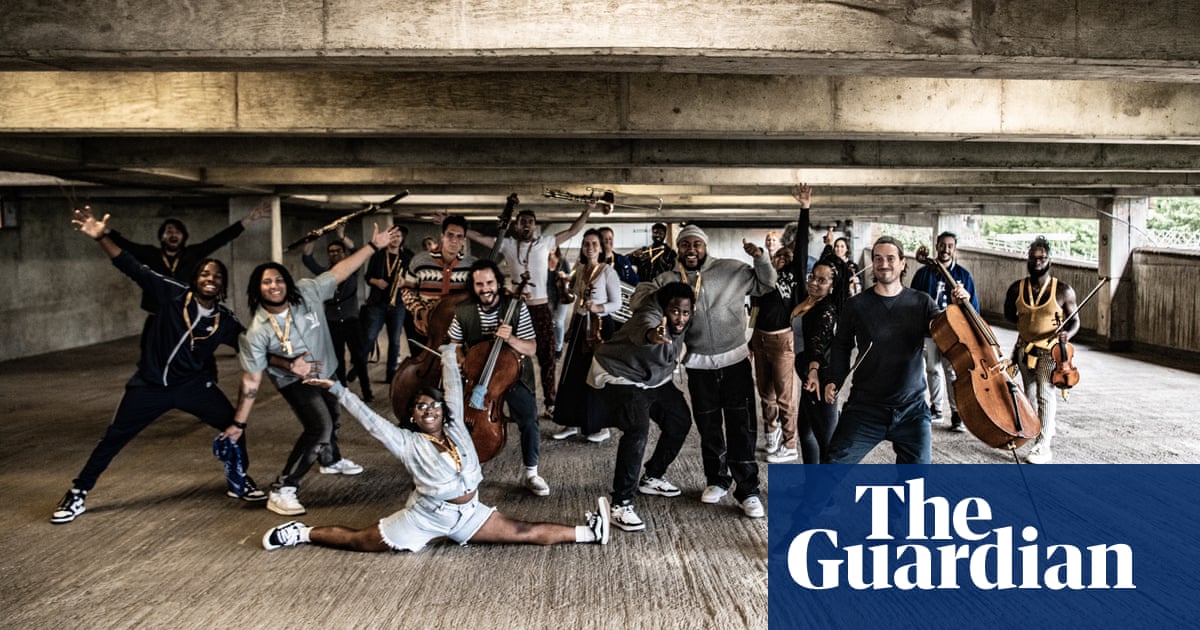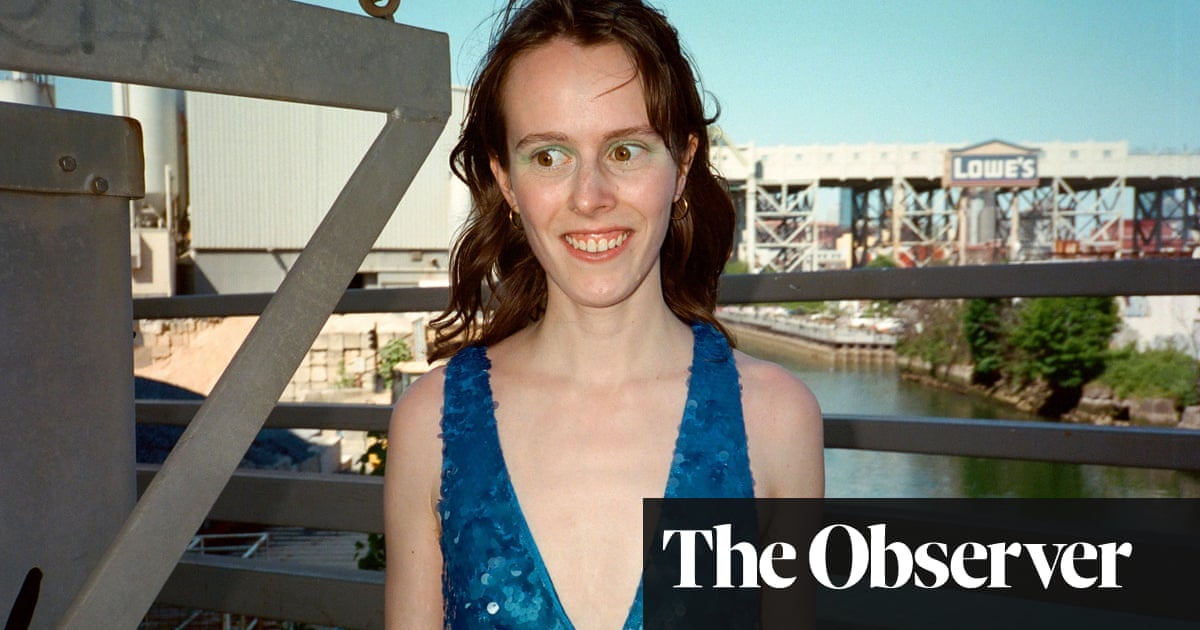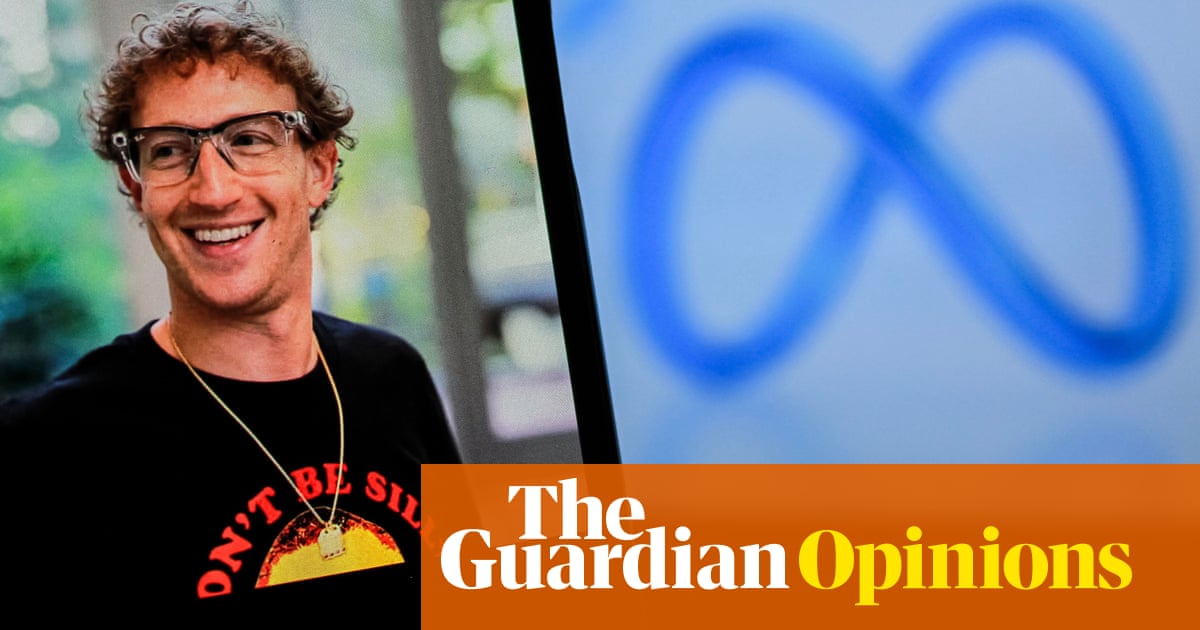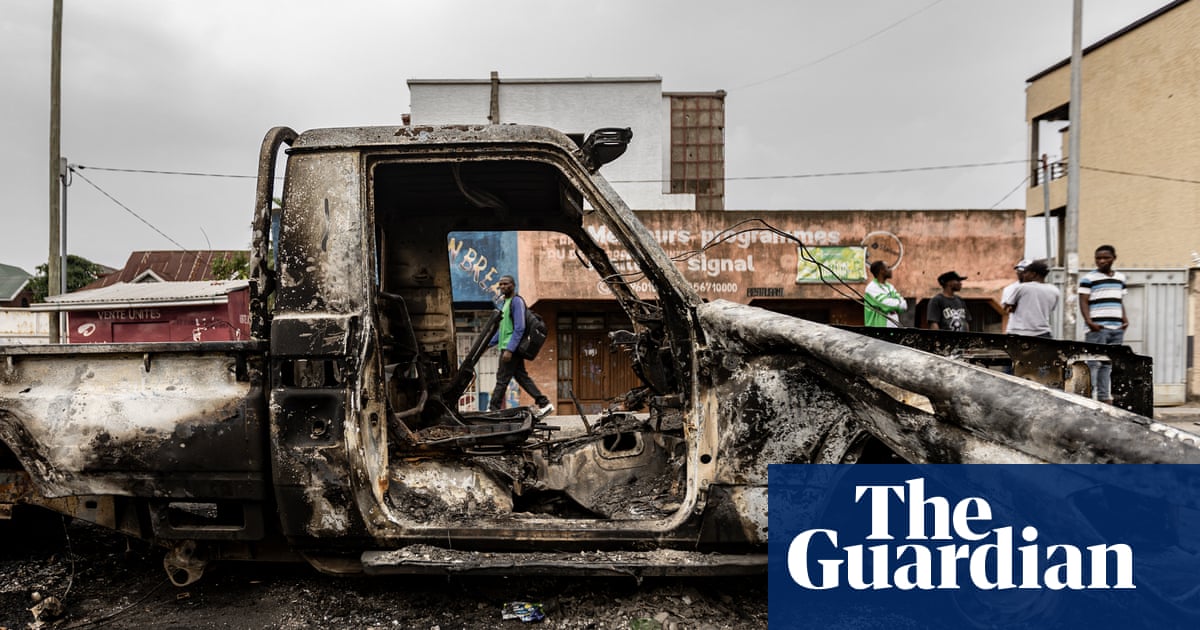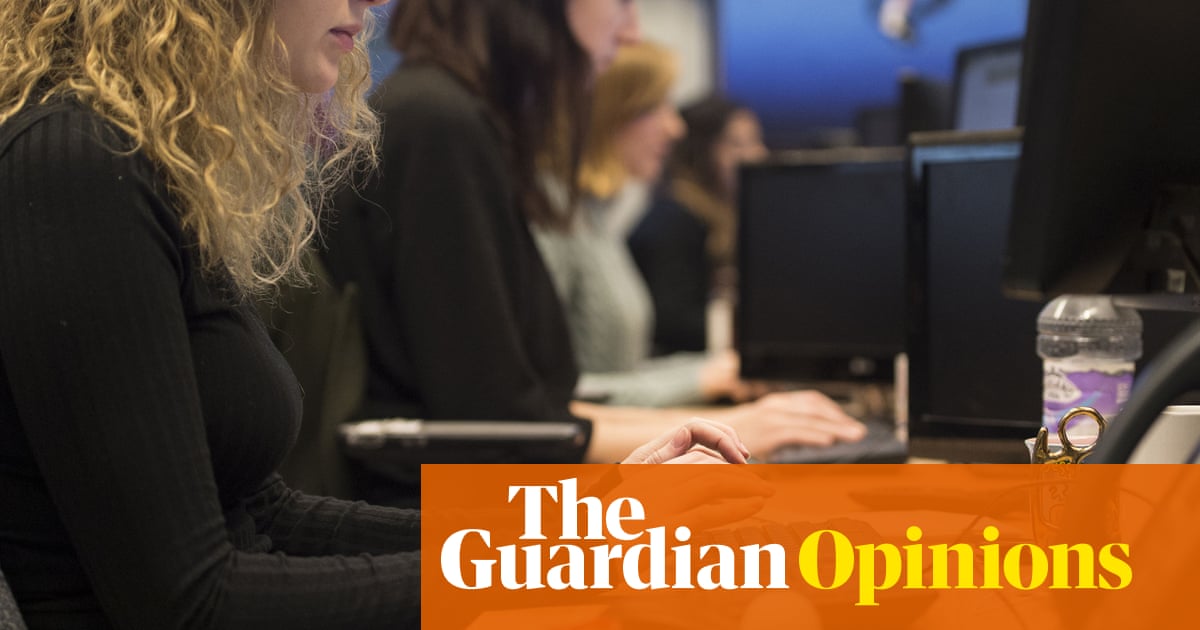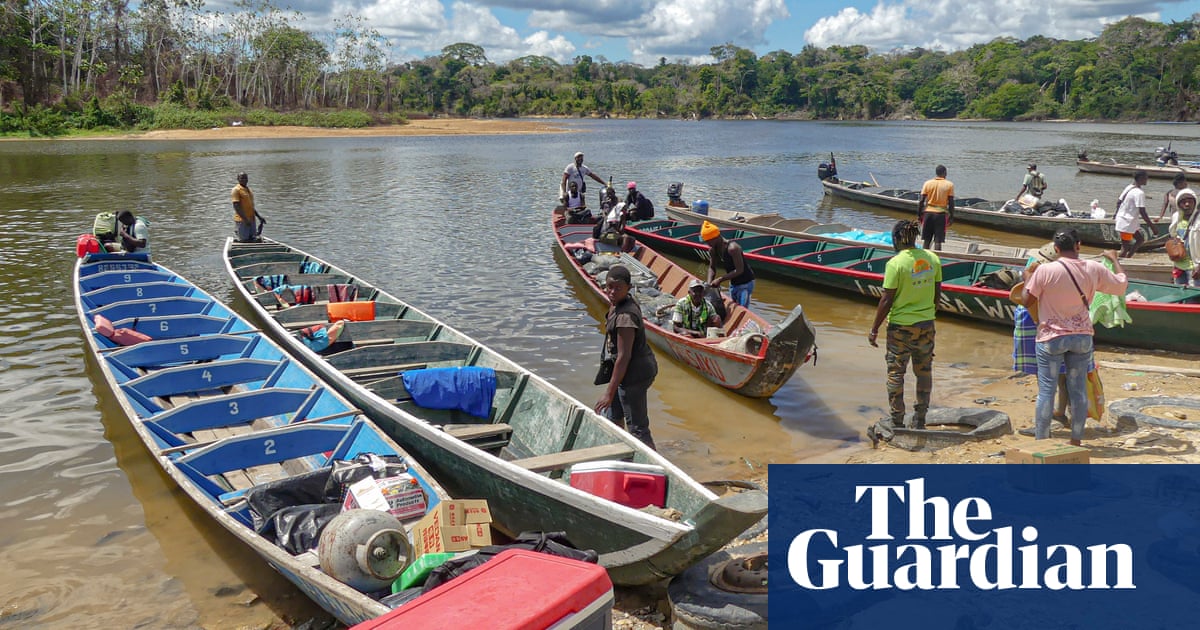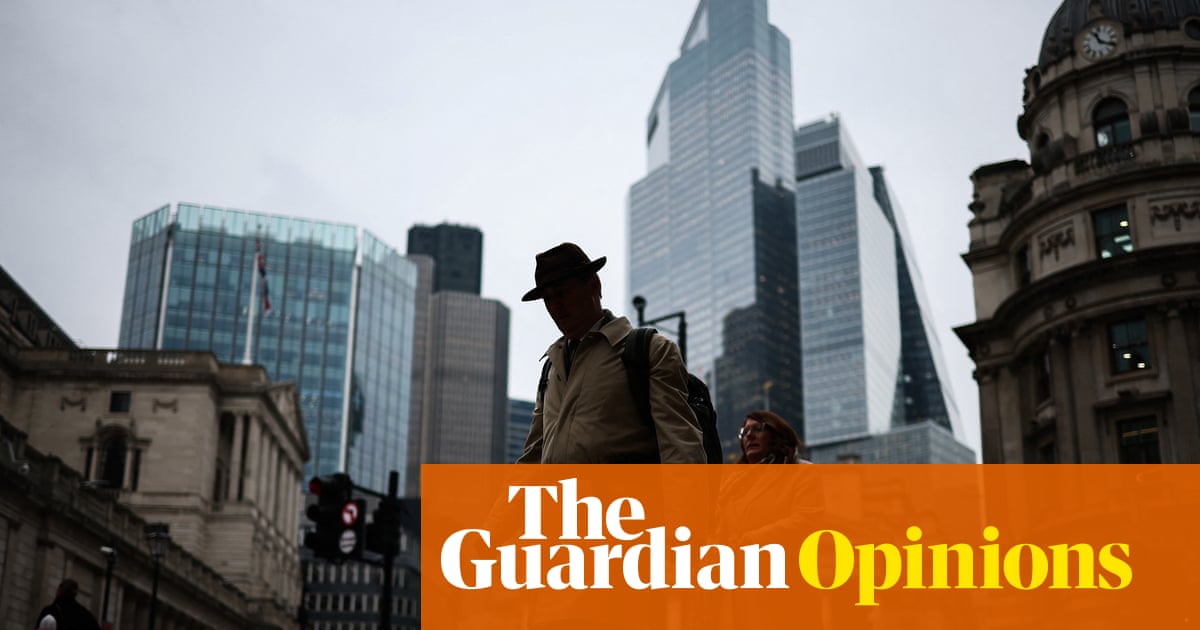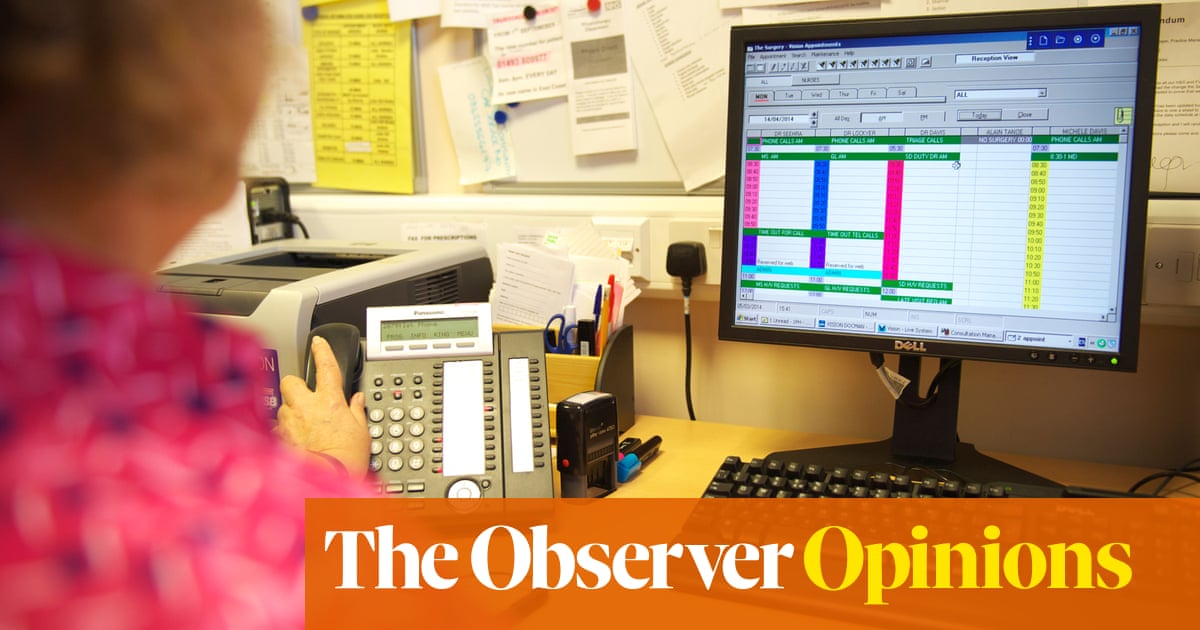Before he left Argentina and moved to Italy to become pope, Jorge Mario Bergoglio would visit the country’s villas miserias, not in a car flanked by security guards, but by bus – and this is what his people remember.
“He would come here, kiss our feet, the feet of the people,” said Aida Bogarin, aged 44. “It was everything to us.”
For decades, Bergoglio was dedicated to working in the capital’s poorest neighbourhoods, earning him the nickname the “priest of the slums”.
In Villa 21-24, locals have gathered for months to say their prayers for the pontiff, as he experienced a serious case of double pneumonia. But on Monday, the Vatican confirmed that Pope Francis, the first Latin American leader of the Roman Catholic church, had died.
“It was a privilege when he came here to us,” said Juan Ramón Congo, a 60-year-old cook, speaking at the Virgen de los Milagros de Caacupé parish church in Villa 21-24.
Ramón Congo was confirmed by Pope Francis – then an archbishop – in the late noughties, he said, flicking through photos of the pair shaking hands. “He would walk around, listen to us, it helped us a lot. I miss him being here, eating chipas [cheesy buns], and sharing maté [an Argentine tea].”
Bergoglio was born in 1936 in the working-class barrio of Floresto to a family of Italian migrants: his grandparents had emigrated on the steamer Giulio Cesare in 1929 for new opportunities, and also to escape the fascist regime of Benito Mussolini.
In his youth, Bergoglio was a “mischievous child”, according to his autobiography, but he also felt a calling to the church. When he was 16, he said he felt compelled to enter the Basilica of St Joseph in Buenos Aires, saying it was as though “someone grabbed me from inside”.
As a young man, Bergoglio initially found work as a bouncer and janitor, before later graduating in philosophy. After 13 years of study, in 1969, Bergoglio became a priest, and in the following decades he was placed in charge of the Jesuits of Argentina, became an auxiliary bishop and then archbishop of Buenos Aires. In 2001 he was created cardinal, and in 2013 made history by becoming the first Latin American pope.
Father Lorenzo de Vedia, known as Padre Toto, first met Bergoglio when he was still a young priest. “He would come into the villas and listen to everyone,” he said. “The people of the villa have always felt very marginalised, underlooked, cast aside. But his presence, and the way he treated them, gave them dignity.”

Toto remembered how Bergoglio “would wash the feet of the people, kiss the feet of the people”, adding: “He wouldn’t just come for the ceremonies. He would stay afterwards, and listen.”
But most importantly, Toto said, Bergoglio acted too.
“After a big storm crushed someone, and the insurance did not pay out, he secured assistance for the family. After another storm destroyed the roof of a sports centre, he helped get it fixed. He always had a smile, but beyond that he made tangible changes,” he said.
“His qualities – his humanity, his humility – surprised the world when he became pope, but it did not surprise those of us who knew him,” he added.
Sitting in the church pews, Sebastian Morales, aged 37, said the pontiff had helped “build up the community”.
“I started coming here 10 years ago, when I was a drug addict, and the priests – led by the pope’s messages – helped me,” he said. “A few decades ago, there was none of this, but he helped us grow a community.”
But the pope’s followers were disappointed, too, that the 88-year-old had not returned to his homeland since becoming head of the Catholic church in 2013 – despite making dozens of other international trips.
“I don’t know why he has never come back. Perhaps because of politics, perhaps because Argentina legalised abortion,” said Bogarin.
During his papacy, Argentina has suffered various economic crises and political volatility.
In September, the pope told reporters he had wanted to return to Argentina, saying “they are my people”, but that “various matters had to be resolved first”.

Jimmy Burns, author of the 2015 biography Francis, Pope of Good Promise, told Reuters that he believed Francis did not want to be seen siding either with the left-leaning Peronists or the conservatives. “Any visit would try and be exploited by one side or the other, and he would unwittingly fuel those divisions,” he said.
The current government is led by hard-right president Javier Milei, who during election campaigning said the pontiff was “always standing on the side of evil”. Francis also criticised Milei’s government, accusing it of preferring to use pepper spray against protesters than pay for social justice. The pope did, however, welcome Milei to Rome last year, where the pair exchanged gifts.
“Despite differences that seem minor today, having been able to know him in his kindness and wisdom was a true honor for me,” Milei wrote on social media on Monday. “As president, as an Argentine, and, fundamentally, as a man of faith, I bid farewell to the Holy Father and stand with all of us who are today dealing with this sad news.”
Many Argentinians say they would like to welcome Francis home, regardless of recent political challenges. They are now preparing to hold special services for the pope, to honour and celebrate their fellow countryman. The Argentinian government has declared seven days of national mourning.
“Even though he was not here, we always felt his closeness,” said Toto. “We always will.”
Additional reporting by Casey Wetherbee

 3 hours ago
3
3 hours ago
3

